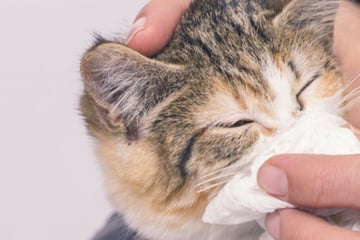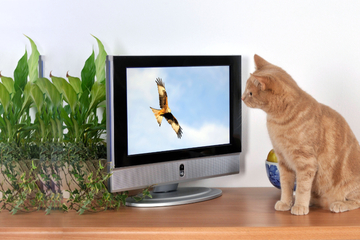How do cats see in the dark? This is how cat night vision works
We all know that cats have some pretty wild night vision, but why can they see in the dark so well? TAG24 is delving into how cat night vision works, how it compares to human sight, and whether cats see better at night than dogs. Let's dive in!
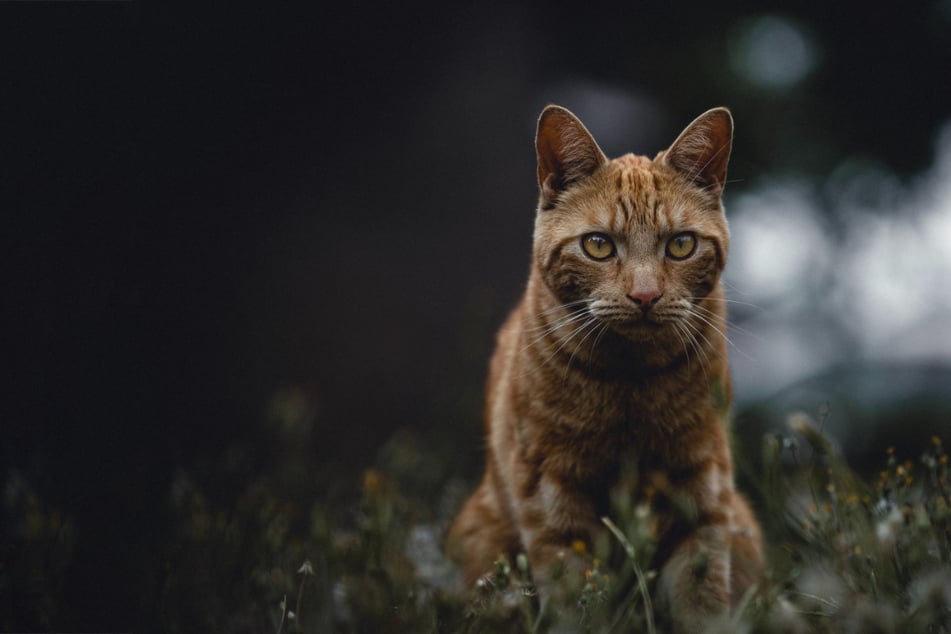
Cats, like many other animals, are naturally nocturnal. As night hunters, they need night vision, but how does that actually work?
With those striking eyes of theirs, cats have so many advantages over humans. How do cats see in the dark, and can we get in on the action?
In this cat guide, TAG24 takes you through everything you need to know about cat night vision and how cats see in the dark. Are you curious about these nocturnal hunters? We've got you covered!
Can cats see in the dark?
Cats can see very well in the dark, but that doesn't mean they can see in the pitch black. Cats' eyes are constructed differently than human eyes, both because they are nocturnal and because they're a different species.
Many people think that a cat's eyesight is nearly infinite, but that is far from the truth. Felines do need a certain amount of light to see; it's just that that amount is much less than a human eye needs.
How well can cats see in the dark? Better than humans?
Cats can see far better than humans when they're in the dark. This is a brilliant combination of their incredibly powerful (and beautiful) eyes, as well as their ability to orient themselves in the dark with their whiskers and hearing. Comparably, we humans are pretty darn useless!
Keep in mind: Not all cats are nocturnal these days, as many domestic kitties actually follow their human's sleeping rhythms.
How do cats see at night?
There are a variety of different reasons why cats can see far better at night than humans can. Most of these explanations are based on anatomy and the construction of their eyes, so we're going to do our best to make them simple and easy to understand.
A cat's pupils give it good night vision
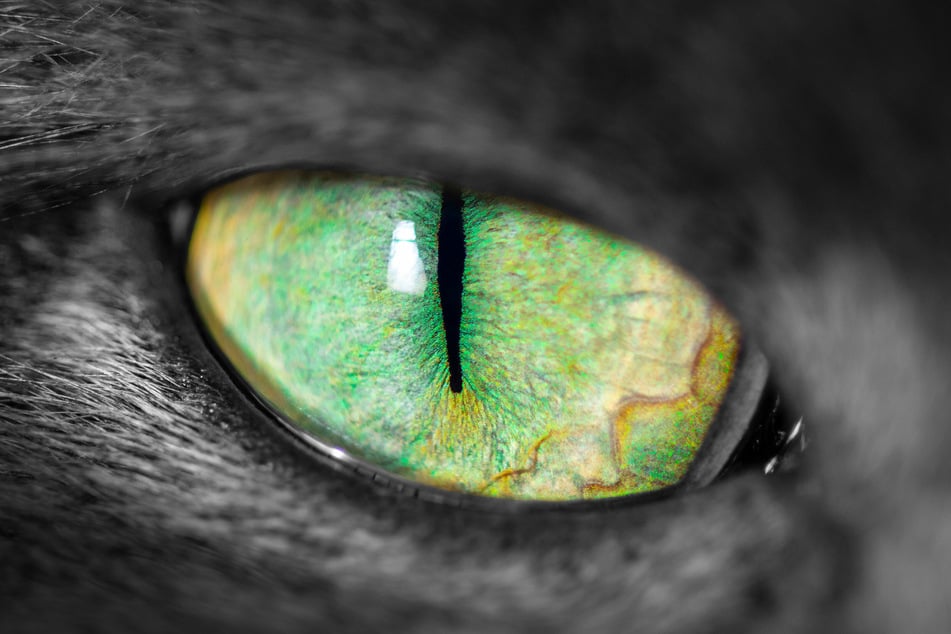
Cats have vastly different pupils than humans, taking a longer and thinner shape as opposed to the circular ones we're used to. These slit pupils have the advantage that they protect the more light-sensitive eyes of a nocturnal animal from bright light, helping to block out the rays better.
If your cat's eyes are exposed to a lot of light, or direct light, the pupils will narrow even further until only a very narrow slit allows light in. When it is dark, though, a cat's pupil will widen significantly so that it can gather much more light and see as much as possible.
Cat night vision is also helped by their sensory cells
The retina of a cat's eye is made up of photoreceptors, special sensory cells that can perceive light at different wavelengths. They can be divided into rods and cones, each of which plays a different role in a cat's sight.
What are rods and cones in a cat's eye?
- Rods: Sensitive to light, enabling us to see light and dark, so that we can even see in twilight. Rods allow us to perceive gray tones and movements, but not colors.
- Cones: Less sensitive to light and only active when there is sufficient light. Colors are perceived with the cones.
Cats have significantly more rods in their retina than we humans have, enabling them to see far better in the dark. On the flip side, they have fewer cones and see color far worse than humans do.
Fun fact: A cat's eye actually only needs about one sixth of the light a human eye needs to see something!
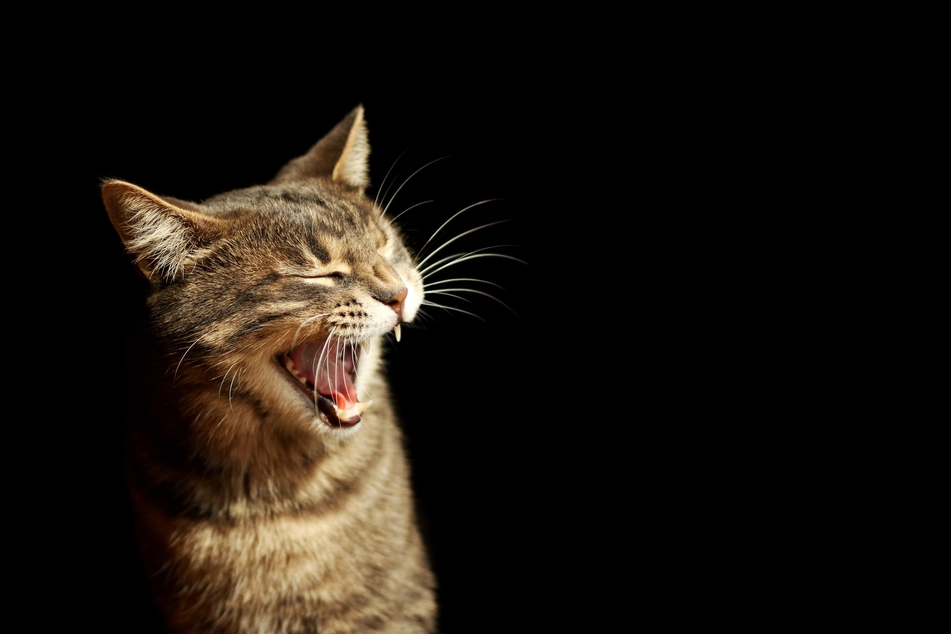
Cats can see in the dark thanks to tapetum lucidum
The tapetum lucidum is a layer of cells behind the center of a cat's retina that helps cats and other nocturnal animals see in the dark. As the light hits a cat's retina, it is reflected by the tapetum lucidum and crosses the retina again on its way back. This "mirror" effect increases the amount of light that enters the eye and aids a cat's night vision.
This reflective cell layer is also responsible for the way your cat's eyes glow in the dark. When light reaches the tapetum lucidum through the wider pupils of a cat's eyes, it gives off a little reflective flash. Extraordinary, right?
Can cats see in the dark better than dogs?
Cats are thought to have eyesight that is about twice as powerful as a dog's sight when in the dark. Again, that doesn't mean that a cat can see infinitely into the night, but they do have a very wide field of view and have a real edge over dogs when it comes to night vision.
Cats can see a lot at night!
Evolutionarily, cats have needed good nocturnal vision so they can hunt at night. Their eyes have developed in a certain way so that they can navigate their surroundings with a lot less light than we need as humans. The way that their eyes are constructed means they can see a lot better in the dark.
Cat eyes outshine humans and dogs alike with night vision to be envied. Next time you accidentally step on your cat in the darkness, don't feel too bad. It knew you were there and did nothing. The arrogance!
Cover photo: Gijs Coolen / Unsplash

